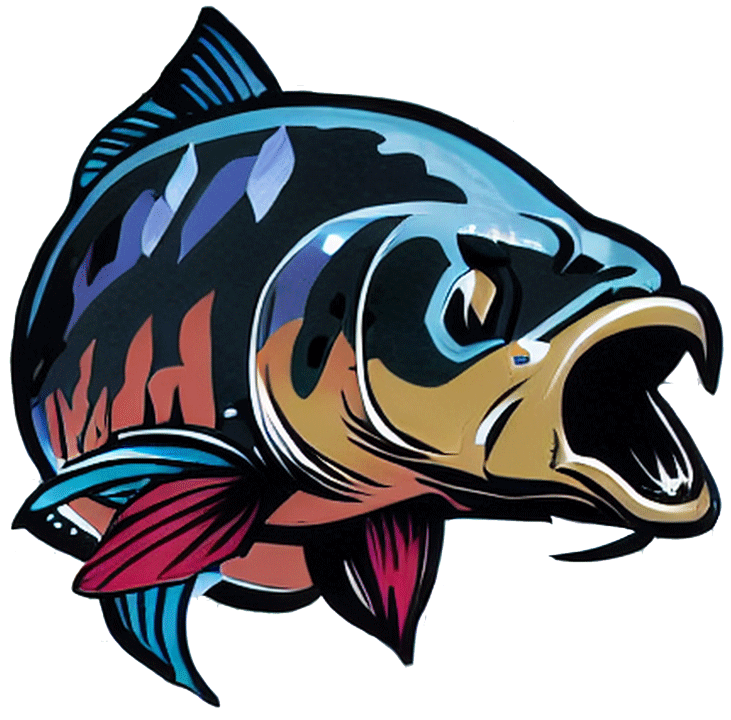If you have a boat, you might or might not have a sonar. Either way, the sonar will only provide you so much information. Even an underwater camera can only give you an idea of what it looks below on the ground.
It might sound old school, but the best way to check out the bottom in details is still a good old lead on a braid.
Knock-Knock - how is the bottom of that area - is it soft or hard - while soft bottom often means mud and hard bottom likely sand, gravel, muscles.
Mud can be good or bad, if it is rotting mud, that stinks and is pretty dead, you likely won't find carp feeding there. Whereas in good mud you might find larva and redworms etc. which are one of the main natural food sources, there you want to fish. You can try smelling on the lead or even get a special ground probing tool if you want too. If you wait sinks in the mud a little, don't be scared, the carp will find it, because they use their chest fins and mouth to dig in. Hence all the craters we sometimes see on the bottom, what is a good indicator of a natural feeding ground.
Hard bottom is often preferred as it allows clear bait presentation. It does not mean there is no natural food source, there can be plenty of muscles and other larva on harder ground that the fish can feed on, and even if not, it clearly allows to create an obvious and easy to find food source, like on a plate.
Even slight Algee and weed can work well. Popups or wafters might work better here, though.
Hotspots are also the areas between hard and soft ground.
Best practice, throw a H-bowie or let an anker down, to spot check a specific area with your lead on a braid. Let it down, lift it a bit and let it knock on the ground, when it knocks hard and lifts easy, its clear hard ground, when it does not have a real impact going down and seems a bit stuck lifting up, you are in a muddy area.
If you use bright braid like yellow, you might even see coloring, might - not certain! If you pull it up, inspect it, wash it if possible if you want to play with that - but that's a bit of a luck thing and not 100% possible all the time.
Definitive smell your lead if you found mud, it might reveal if it is a good spot or not.
To take soil probes, while there is some kind of a grabbing shovel available, you could just use some half inch PVC pipe (about 1cm) and push it down, if it is not too deep (if you have one where you can screw parts together, you might reach more deep)... pull it up carefully and check what you got...
Cameras help of course as well.. but that's a topic on its own.
Aqua scopes work best on in clearer water.
Diving - well - if you are willing and can - go for it.
The simplest trick remains the knock-knock probing.
BTW - you also can knock-knock with your rod and bait when you let it down, to find the one spot you are looking for.. monofil line is less chatty as compared to braid - just be aware of that, braid gives you a better contact to the lead and lets you feel the ground better.
Yes - this is also possible using a lead and a rod from the shore, but it's harder to do and way more time consuming, again, a topic on its own.
Florian Rossmark
Germany / USA - Carp Angler



